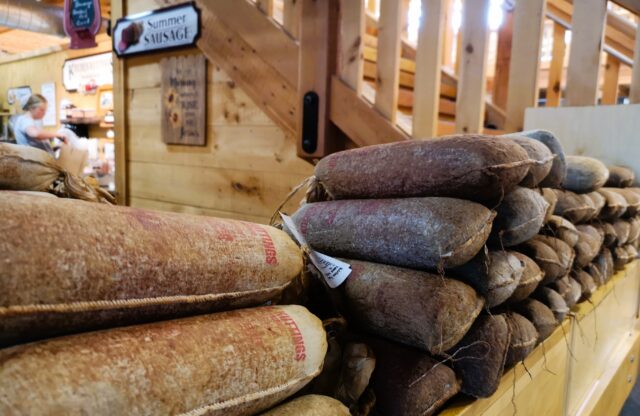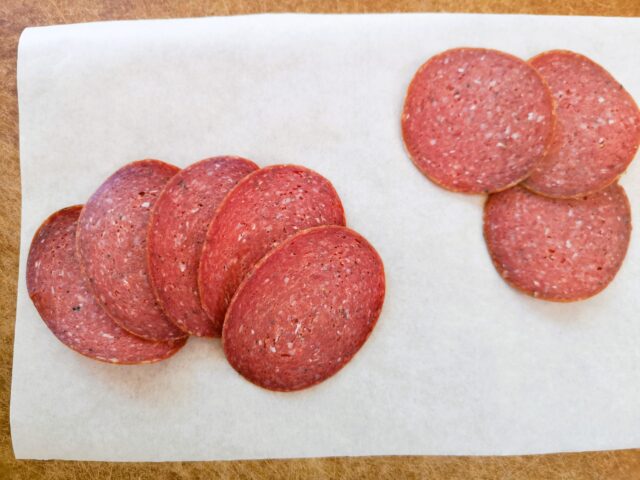“Cotton bag” summer sausage

With the fall comes cooler weather. With cooler weather comes meat preservation — if the fall happened to be Waterloo County in 1803.
Historically, before refrigeration, farm families would fatten their livestock during the summer and slaughter them in the autumn and winter weather to have food on the table during the snowy, icy months when nothing was growing.
There would have been a bustle of activity, often groups of families, washing, rendering, slicing, grinding, mincing, drying and salting the meat.
It was economically critical that every part of the animal be used, and some was processed like ground beef (or pork) and preserved as “cotton bag” summer sausage.

The bungs of sausage were hung to cure in a cool, dry place along with root-cellar storage of the onions, turnips and potatoes of fall harvest.
The idea was that having the sausage prepared and cured near the end of the year would mean the household could have the protein later. Hence, “summer sausage.”
To read more, visit Waterloo Chronicle.

